Home>Gardening & Outdoor>Landscaping Ideas>What Is Durva Grass
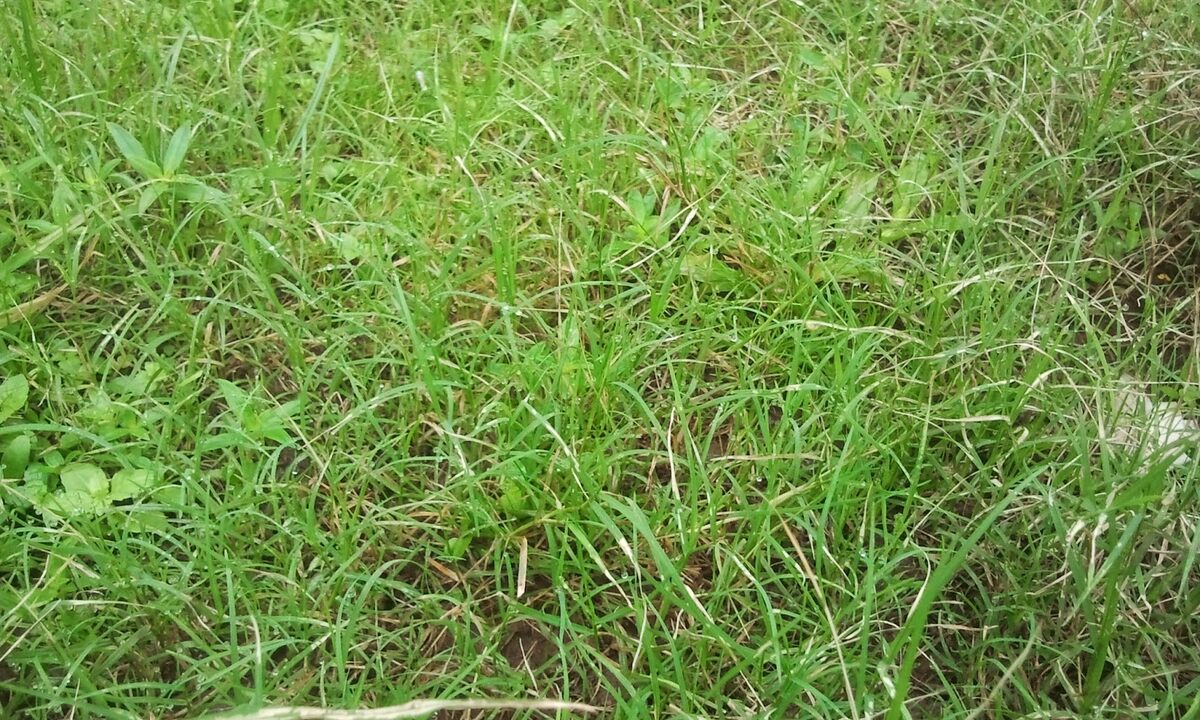

Landscaping Ideas
What Is Durva Grass
Published: January 27, 2024
Discover the benefits of using durva grass in landscaping ideas. Learn how this versatile grass can enhance the beauty of your outdoor space.
(Many of the links in this article redirect to a specific reviewed product. Your purchase of these products through affiliate links helps to generate commission for Storables.com, at no extra cost. Learn more)
Introduction
Durva grass, scientifically known as Cynodon dactylon, is a perennial grass native to the Indian subcontinent. This hardy and versatile plant is renowned for its resilience and adaptability, thriving in diverse climates and soil conditions. Its robust nature has earned it several monikers, including Bermuda grass, dog's tooth grass, and Bahama grass.
The significance of Durva grass extends beyond its botanical characteristics, as it holds a revered place in Hindu mythology and traditional medicine. Its multifaceted nature has made it a staple in landscaping, agriculture, and religious ceremonies, showcasing its profound impact on various aspects of life.
As we delve into the world of Durva grass, we will explore its distinctive characteristics, diverse uses, and its profound significance in Hinduism. Additionally, we will uncover the cultivation and maintenance practices that contribute to its widespread presence in both rural and urban landscapes. Join us on this enlightening journey to unravel the wonders of Durva grass and gain a deeper appreciation for this remarkable botanical marvel.
Key Takeaways:
- Durva grass, also known as Bermuda grass, is a resilient and versatile plant with rapid growth, fine texture, and adaptability, making it ideal for landscaping and erosion control.
- In Hinduism, Durva grass holds profound religious significance, symbolizing purity and divine energy, and is intricately woven into various rituals and ceremonies dedicated to Lord Ganesha.
Read more: What Is Ryegrass
Characteristics of Durva Grass
Durva grass, also known as Bermuda grass, is a resilient and versatile plant with a plethora of distinctive characteristics that contribute to its widespread popularity and utility. Here are the key features that define this remarkable botanical marvel:
-
Resilience: Durva grass is renowned for its exceptional resilience, thriving in a wide range of environmental conditions. It exhibits remarkable tolerance to drought, heat, and salinity, making it an ideal choice for landscaping in arid regions.
-
Rapid Growth: One of the defining traits of Durva grass is its rapid growth rate. It spreads vigorously through aboveground stolons and belowground rhizomes, forming a dense and lush carpet of verdant foliage.
-
Fine Texture: The grass blades of Durva grass boast a fine texture, lending a soft and velvety appearance to lawns and landscapes. This fine texture enhances its visual appeal and contributes to its popularity in ornamental horticulture.
-
Adaptability: Durva grass exhibits remarkable adaptability to various soil types, including sandy, loamy, and clayey soils. Its ability to thrive in diverse soil conditions makes it a versatile choice for landscaping and erosion control.
-
Tolerance to Foot Traffic: This resilient grass species is capable of withstanding heavy foot traffic, making it an ideal choice for lawns, parks, and recreational areas. Its robust nature ensures that it can endure frequent use without succumbing to damage.
-
Shade Tolerance: Durva grass demonstrates moderate shade tolerance, allowing it to thrive in partially shaded areas. This attribute enhances its versatility in landscaping, as it can flourish in both sunny and shaded environments.
-
Medicinal Properties: Beyond its ornamental and landscaping uses, Durva grass holds significant medicinal value in traditional Ayurvedic medicine. It is revered for its therapeutic properties and is utilized in various herbal remedies.
-
Nutritional Content: Durva grass is rich in essential nutrients and is often used as fodder for livestock due to its high nutritional content. Its role in supporting animal husbandry underscores its multifaceted utility.
These characteristics collectively underscore the exceptional adaptability, resilience, and utility of Durva grass, positioning it as a prized botanical asset with diverse applications in landscaping, agriculture, and traditional medicine.
Uses of Durva Grass
Durva grass, with its remarkable resilience and multifaceted utility, serves a myriad of purposes across diverse domains. From landscaping and agriculture to traditional medicine and religious rituals, this versatile grass species has carved a niche for itself due to its diverse array of uses.
Landscaping and Erosion Control
Durva grass is widely employed in landscaping and horticulture due to its rapid growth, fine texture, and adaptability to various soil types. It forms lush, dense carpets of verdant foliage, making it an ideal choice for lawns, parks, and recreational areas. Its tolerance to foot traffic and moderate shade tolerance further enhance its appeal in landscaping projects. Additionally, the robust root system of Durva grass aids in erosion control, making it a valuable asset for stabilizing soil in embankments, slopes, and other vulnerable areas.
Forage and Fodder
In agricultural settings, Durva grass plays a pivotal role as a valuable source of forage and fodder for livestock. Its high nutritional content makes it an excellent choice for grazing animals, providing essential nutrients for their health and well-being. The resilience of Durva grass allows it to withstand grazing pressure, making it a sustainable and reliable source of fodder for livestock rearing.
Read more: What Is The Grass
Traditional Medicine
Durva grass holds significant medicinal value in traditional Ayurvedic medicine. It is revered for its therapeutic properties and is utilized in various herbal remedies to treat a wide range of ailments. From its use in treating digestive disorders and respiratory ailments to its application in wound healing and skin care, Durva grass has been an integral component of traditional medicinal practices for centuries.
Religious Significance
In Hinduism, Durva grass holds profound religious significance and is intricately woven into various rituals and ceremonies. It is considered sacred and is often used in religious offerings to deities. The three blades of Durva grass are symbolic in Hindu mythology and are associated with auspiciousness and the fulfillment of desires. As a result, it is an essential element in religious observances and is revered for its spiritual symbolism.
Soil Improvement
Durva grass also contributes to soil improvement through its extensive root system, which aids in soil aeration and moisture retention. Its ability to thrive in diverse soil conditions makes it an effective choice for stabilizing soil and preventing erosion, thereby enhancing soil quality and fertility.
The diverse uses of Durva grass underscore its exceptional versatility and value across landscaping, agriculture, traditional medicine, and religious practices, cementing its status as a cherished botanical resource with profound cultural, ecological, and practical significance.
Significance in Hinduism
In Hinduism, Durva grass holds profound religious significance and is intricately woven into various rituals and ceremonies. Revered as a sacred symbol of auspiciousness and spiritual purity, Durva grass occupies a revered place in Hindu mythology and religious observances.
The significance of Durva grass in Hinduism is deeply rooted in ancient scriptures and mythological narratives. According to Hindu mythology, Durva grass is associated with Lord Ganesha, the revered deity known for wisdom, intellect, and the removal of obstacles. Legend has it that Durva grass emerged from the hairs of Lord Shiva, symbolizing purity and divine energy. As a result, it is considered highly auspicious and is intricately linked to the worship of Lord Ganesha.
During religious ceremonies and rituals dedicated to Lord Ganesha, Durva grass plays a pivotal role. It is often used as an offering to the deity, symbolizing devotion, purity, and the fulfillment of desires. The sacred trinity of three blades of Durva grass holds profound symbolism, representing the past, present, and future, as well as the three qualities of sattva, rajas, and tamas in Hindu philosophy. The act of offering Durva grass to Lord Ganesha is believed to invoke blessings, remove obstacles, and usher in prosperity and success.
Furthermore, Durva grass is an integral part of various Hindu festivals and observances, including Ganesh Chaturthi, a prominent festival dedicated to Lord Ganesha. During this festival, devotees adorn the deity's idols with garlands made of Durva grass and offer it as a sacred tribute. The presence of Durva grass in these religious rituals symbolizes purity, devotion, and the auspiciousness of the occasion.
The spiritual significance of Durva grass extends beyond its association with Lord Ganesha. It is also revered as a symbol of fertility, abundance, and spiritual cleansing in Hindu traditions. The act of sprinkling water infused with Durva grass during religious ceremonies is believed to purify the surroundings and invite positive energy.
In essence, the significance of Durva grass in Hinduism transcends its botanical attributes, embodying profound spiritual symbolism and cultural heritage. Its presence in religious rites and ceremonies underscores its role as a revered symbol of auspiciousness, purity, and divine blessings, enriching the tapestry of Hindu traditions and beliefs.
Read more: What Is Wheatgrass For
Cultivation and Maintenance of Durva Grass
Cultivating and maintaining Durva grass requires careful attention to key principles that contribute to its robust growth and vitality. Whether used for landscaping, agricultural purposes, or religious ceremonies, the following guidelines are essential for successful cultivation and maintenance of Durva grass:
Soil Preparation:
- Begin by preparing the soil to ensure optimal conditions for Durva grass growth. Loosen the soil to a depth of 4-6 inches to facilitate root development and improve water penetration.
Seed Sowing or Sprig Planting:
- Durva grass can be propagated from seeds or sprigs. When sowing seeds, ensure a uniform distribution and cover them lightly with soil. For sprig planting, place the sprigs at regular intervals to facilitate even coverage.
Watering:
- Adequate watering is crucial, especially during the initial stages of growth. Ensure that the soil remains consistently moist, but not waterlogged, to support germination and establishment.
Read more: What Is Lemongrass For
Fertilization:
- Apply a balanced fertilizer with a higher nitrogen content to promote healthy foliage growth. Regular fertilization, following soil testing recommendations, is essential for sustaining the vigor of Durva grass.
Mowing and Trimming:
- Regular mowing or trimming is necessary to maintain the desired height and density of Durva grass. It is advisable to mow at a height of 1-1.5 inches to encourage lateral growth and discourage weed invasion.
Weed Control:
- Implement effective weed control measures to prevent weed competition and maintain the purity of the Durva grass stand. Manual removal or selective herbicide application can help manage weed infestations.
Pest and Disease Management:
- Monitor the grass for signs of pests and diseases, and take prompt action to address any issues. Proper sanitation and the use of pest-resistant varieties can contribute to pest and disease management.
Read more: What Is Quackgrass
Sunlight and Shade:
- Durva grass thrives in full sunlight but exhibits moderate shade tolerance. Ensure that the planting area receives adequate sunlight for healthy growth, while also considering its tolerance to partial shade.
Aeration and Soil Compaction:
- Periodic aeration of the soil helps alleviate compaction and improve air and water movement within the root zone. This practice promotes root development and overall turf health.
Seasonal Care:
- Adjust maintenance practices based on seasonal variations. During periods of drought or extreme heat, supplemental irrigation may be necessary to sustain the grass. In colder climates, protective measures may be required to safeguard the grass from frost damage.
By adhering to these cultivation and maintenance practices, individuals can nurture thriving stands of Durva grass, whether for ornamental landscaping, agricultural use, or religious observances. The careful application of these principles ensures the vitality and longevity of Durva grass, allowing it to fulfill its diverse roles in various cultural, ecological, and practical contexts.
Conclusion
In conclusion, Durva grass stands as a botanical marvel that transcends its role as a resilient and versatile plant. Its multifaceted nature encompasses a myriad of uses, ranging from landscaping and agriculture to traditional medicine and religious significance in Hinduism. The distinctive characteristics of Durva grass, including its resilience, rapid growth, fine texture, and adaptability, underscore its exceptional utility and value across diverse domains.
The uses of Durva grass extend far beyond its ornamental appeal, as it serves as a valuable resource for erosion control, forage and fodder, and soil improvement. Its significance in traditional Ayurvedic medicine highlights its therapeutic properties and nutritional value, contributing to its enduring presence in herbal remedies. Moreover, the profound religious significance of Durva grass in Hinduism underscores its role as a sacred symbol of auspiciousness, purity, and spiritual blessings, enriching religious rituals and observances.
Cultivating and maintaining Durva grass requires careful attention to soil preparation, watering, fertilization, and pest management, ensuring its robust growth and vitality. By adhering to these essential principles, individuals can nurture thriving stands of Durva grass, allowing it to fulfill its diverse roles in various cultural, ecological, and practical contexts.
As we reflect on the remarkable attributes and diverse uses of Durva grass, it becomes evident that this botanical treasure holds a special place in the tapestry of human existence. Its resilience, adaptability, and multifaceted utility make it a cherished asset with far-reaching implications for landscaping, agriculture, traditional medicine, and religious traditions. Whether adorning manicured lawns, providing sustenance for livestock, or enriching religious ceremonies, Durva grass continues to weave its green tapestry across the landscapes of tradition, culture, and practicality, embodying the enduring spirit of resilience and reverence.
Frequently Asked Questions about What Is Durva Grass
Was this page helpful?
At Storables.com, we guarantee accurate and reliable information. Our content, validated by Expert Board Contributors, is crafted following stringent Editorial Policies. We're committed to providing you with well-researched, expert-backed insights for all your informational needs.
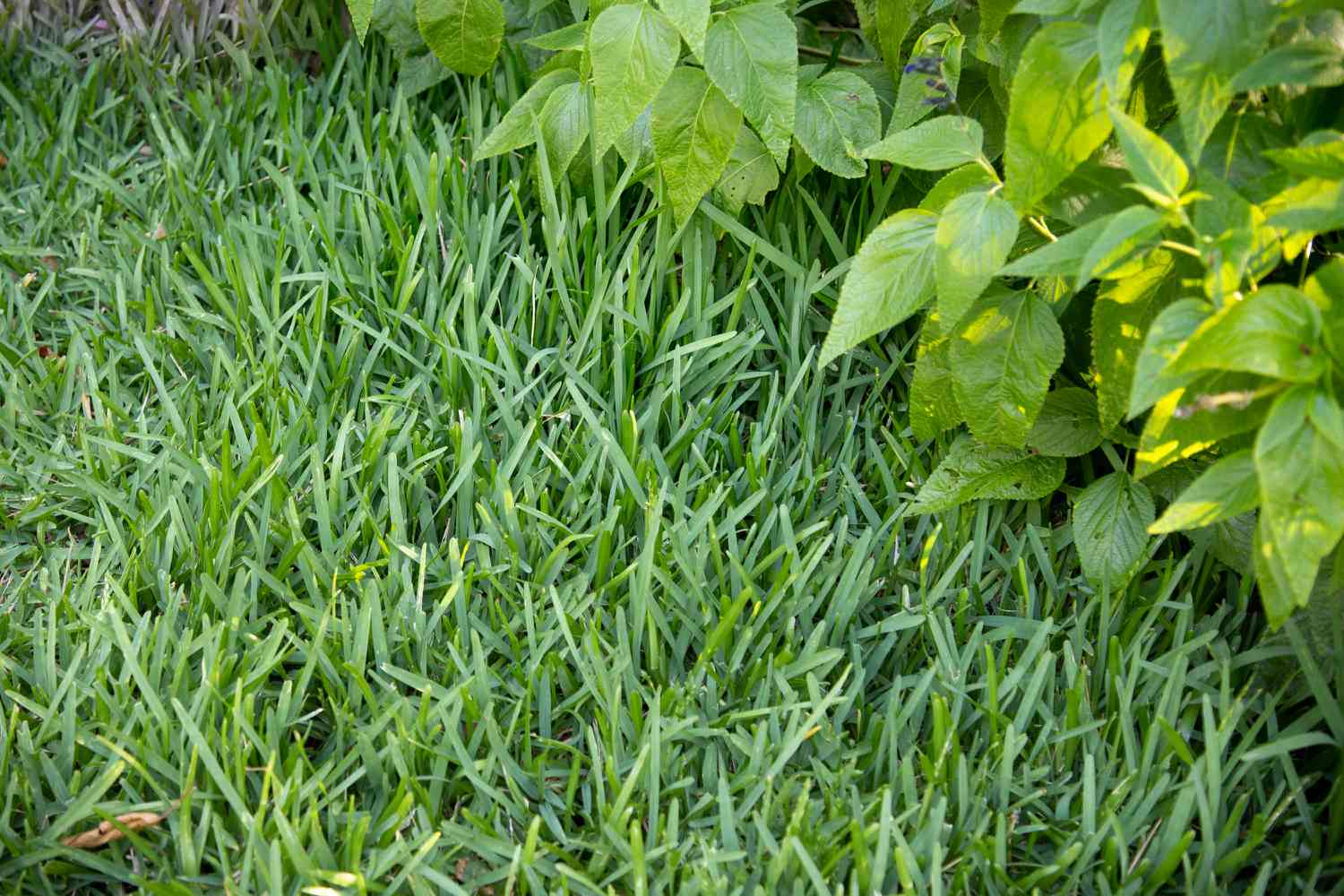
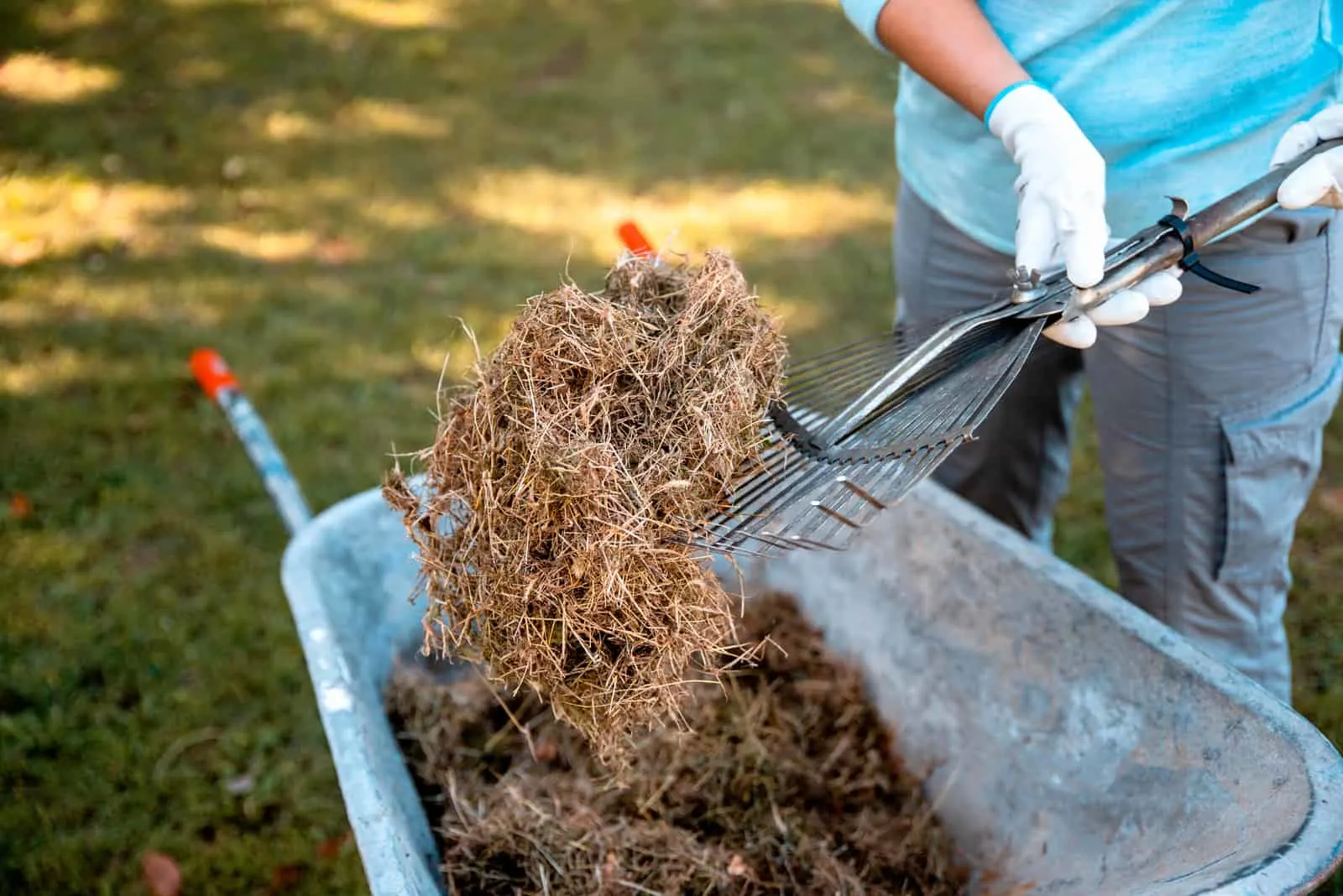
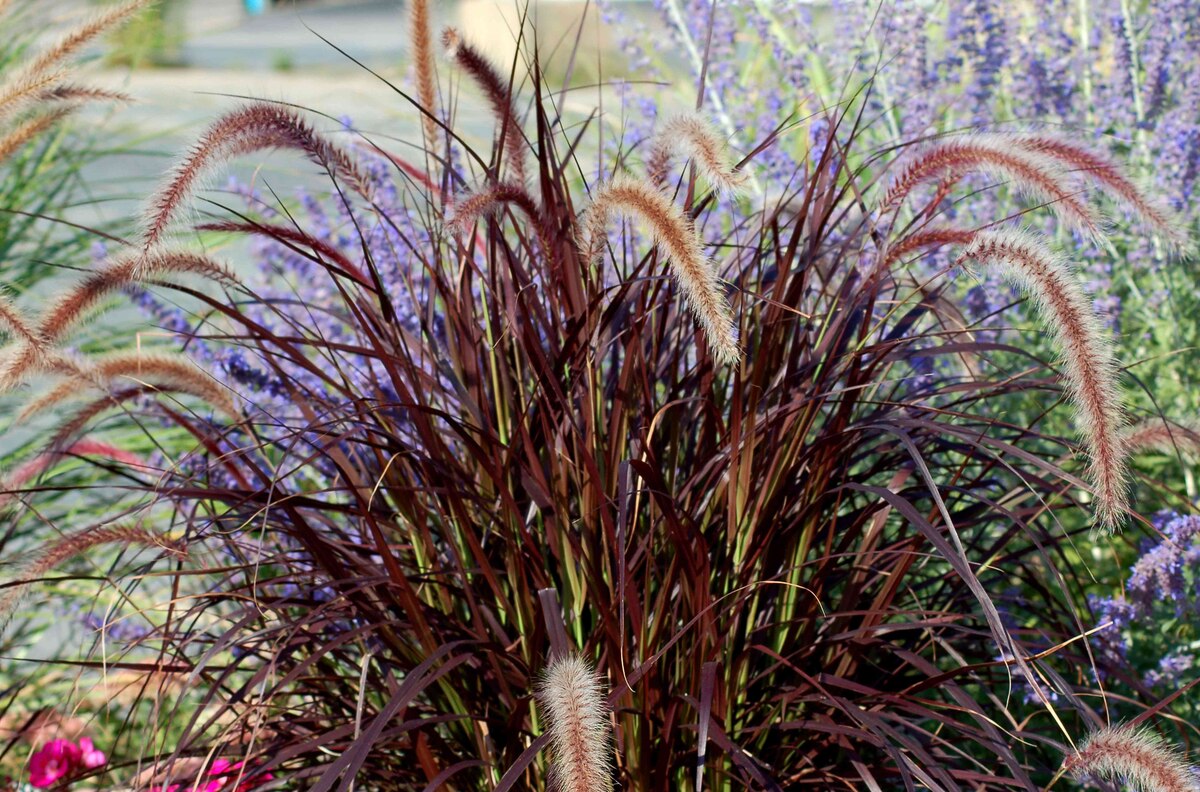
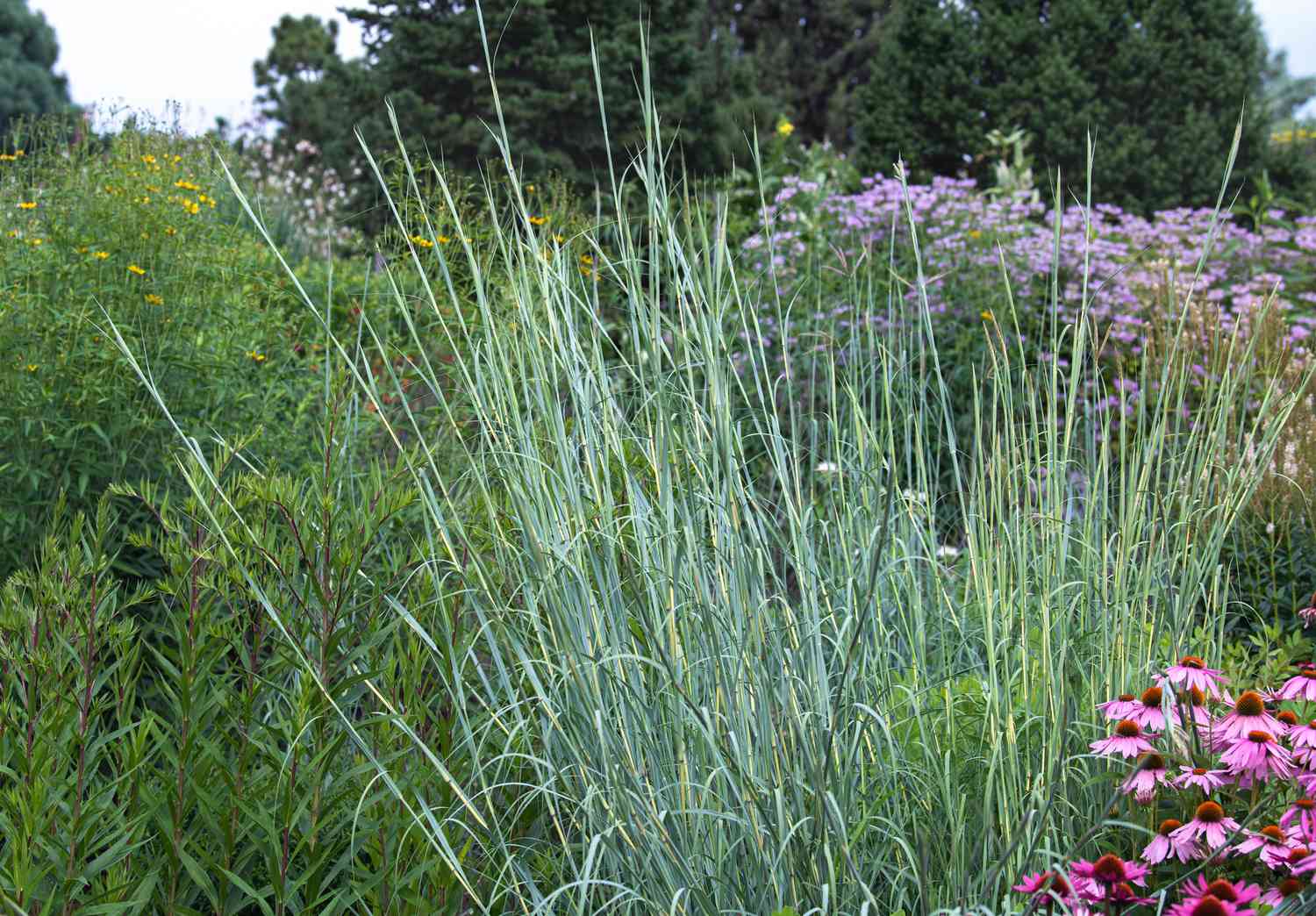
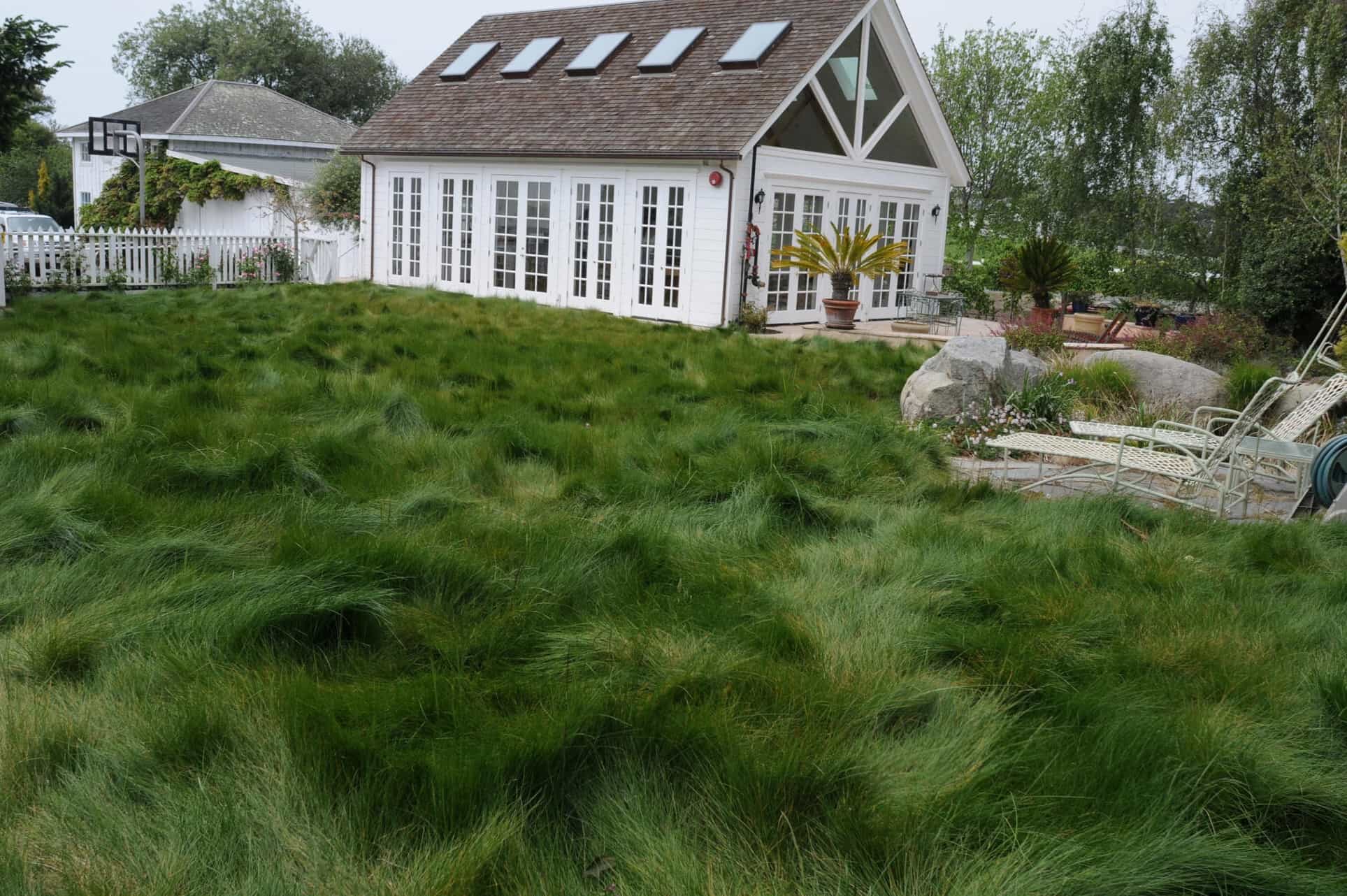
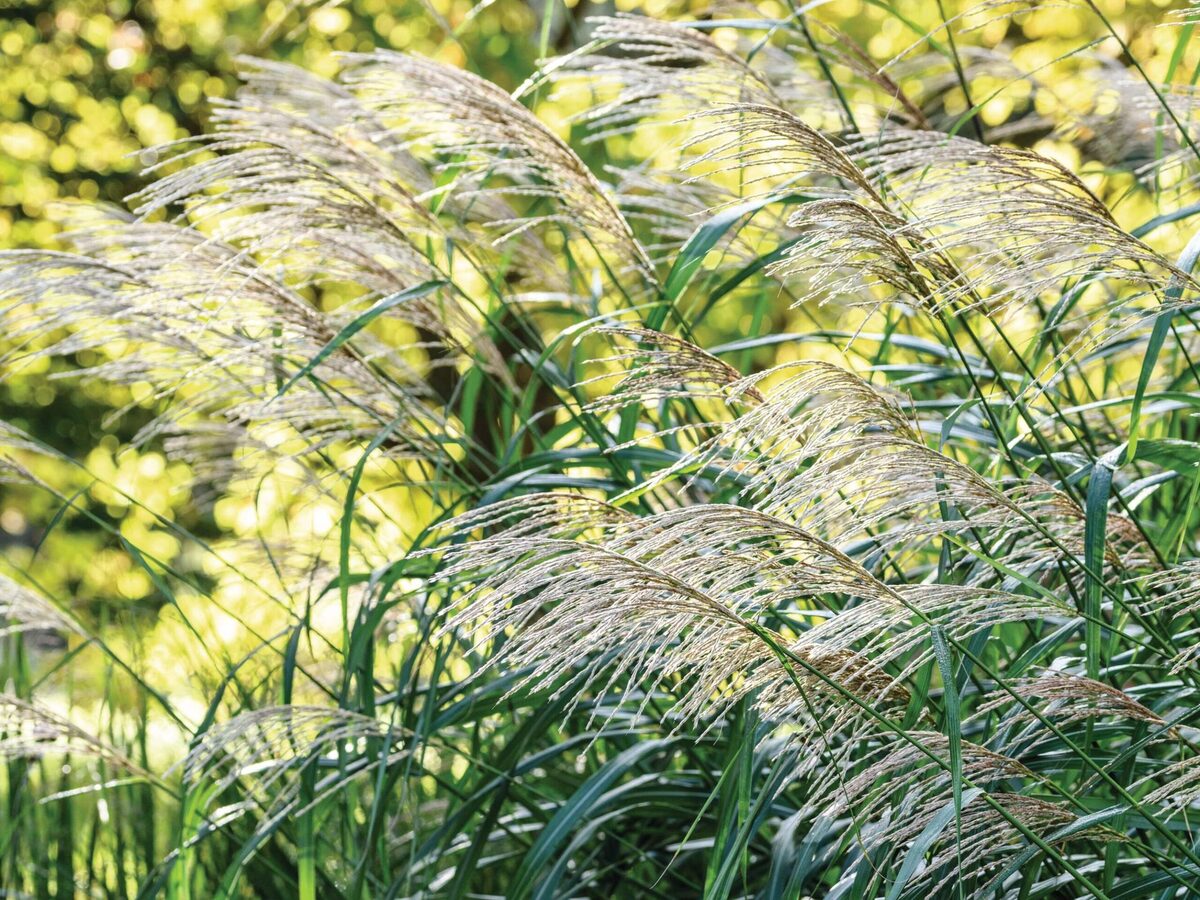
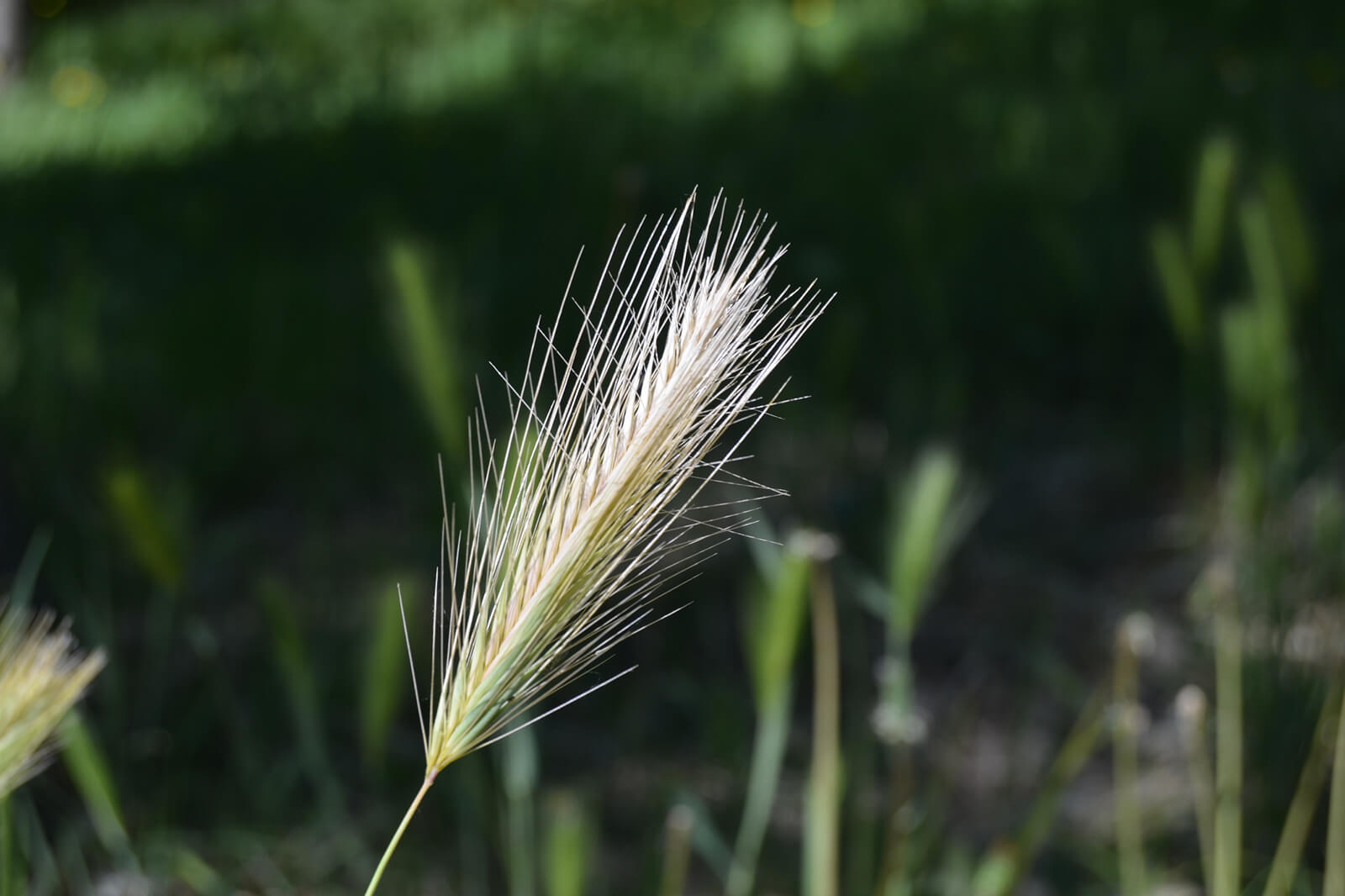
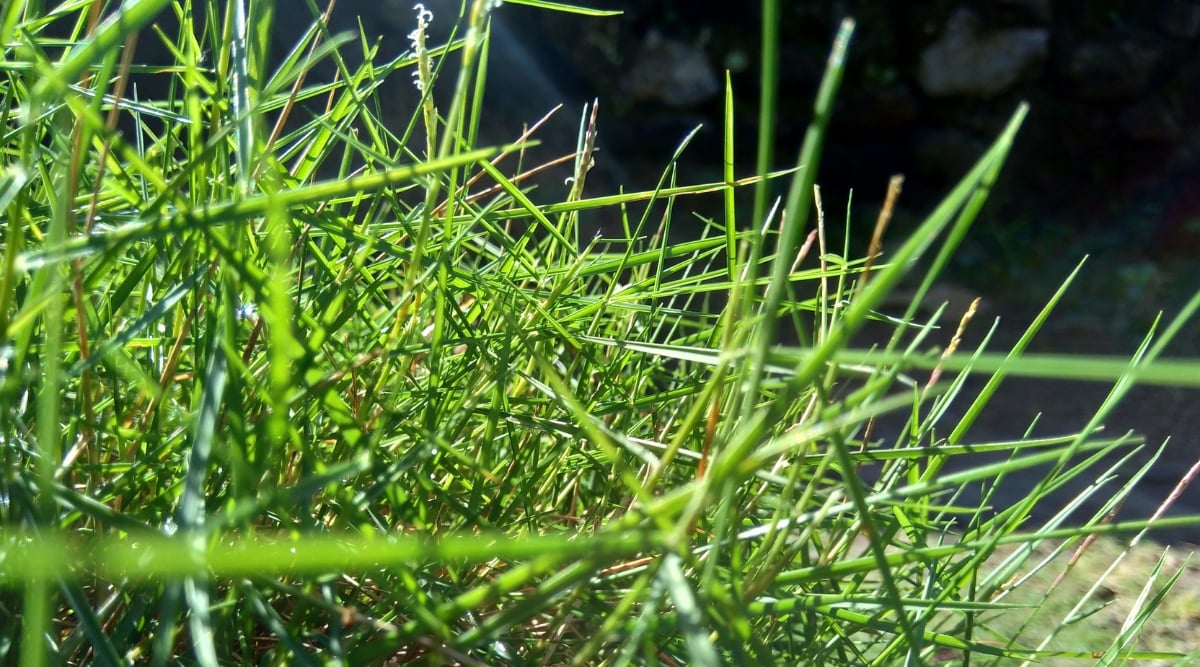
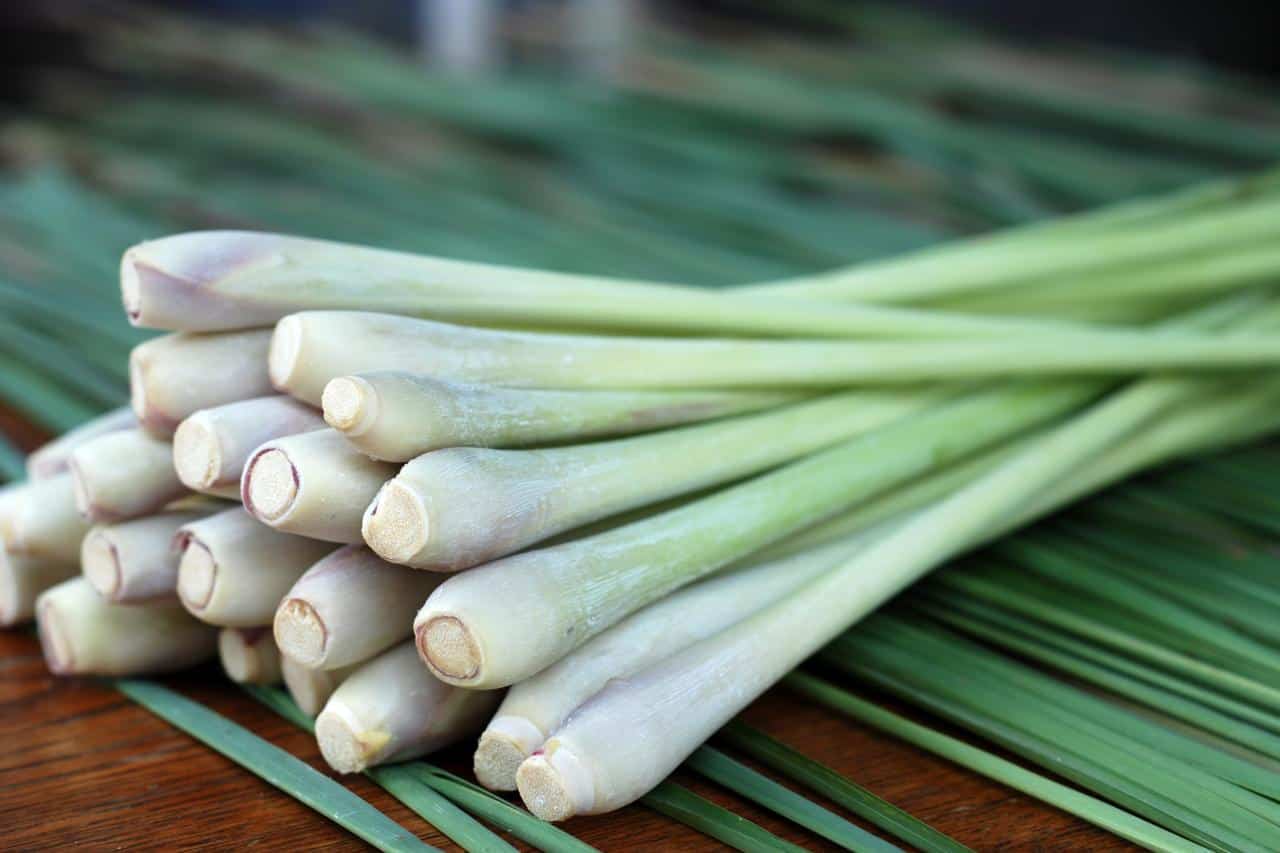
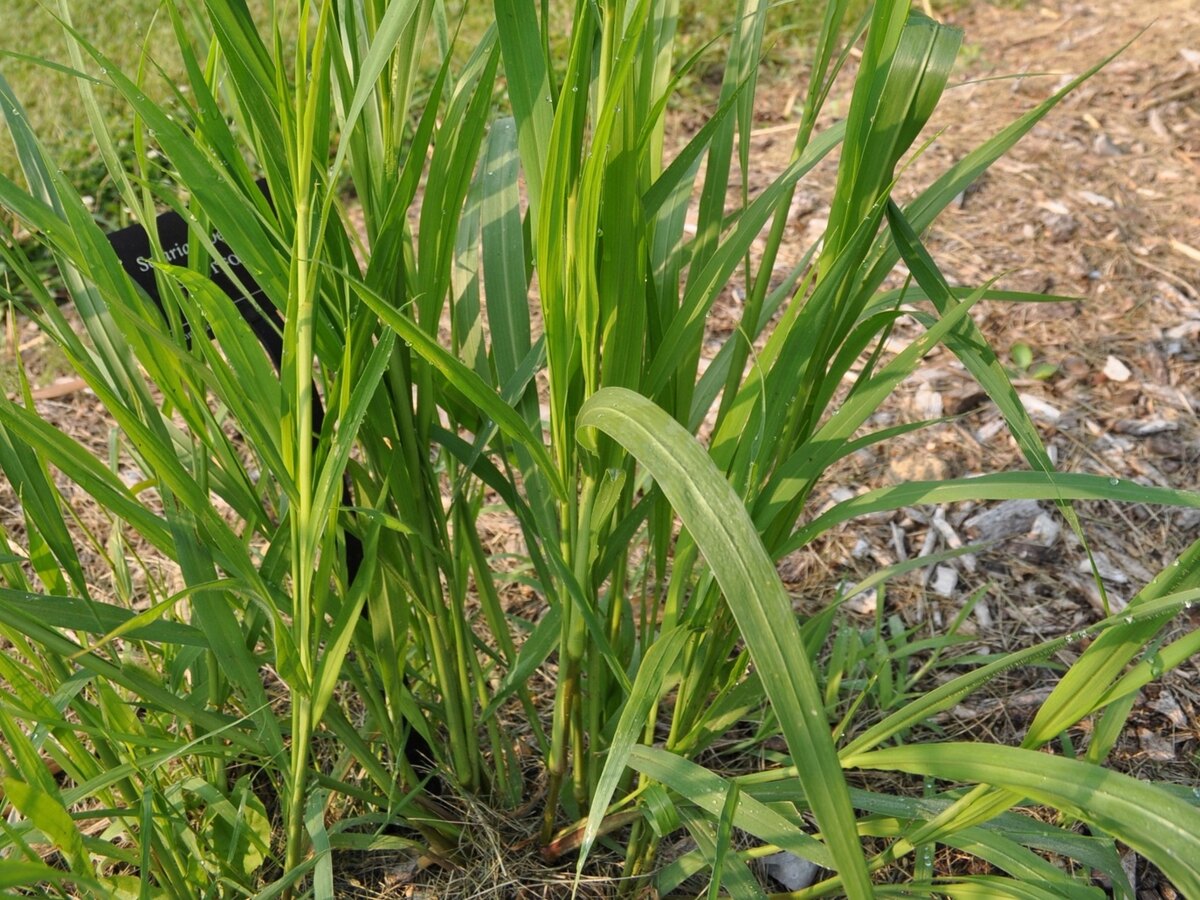
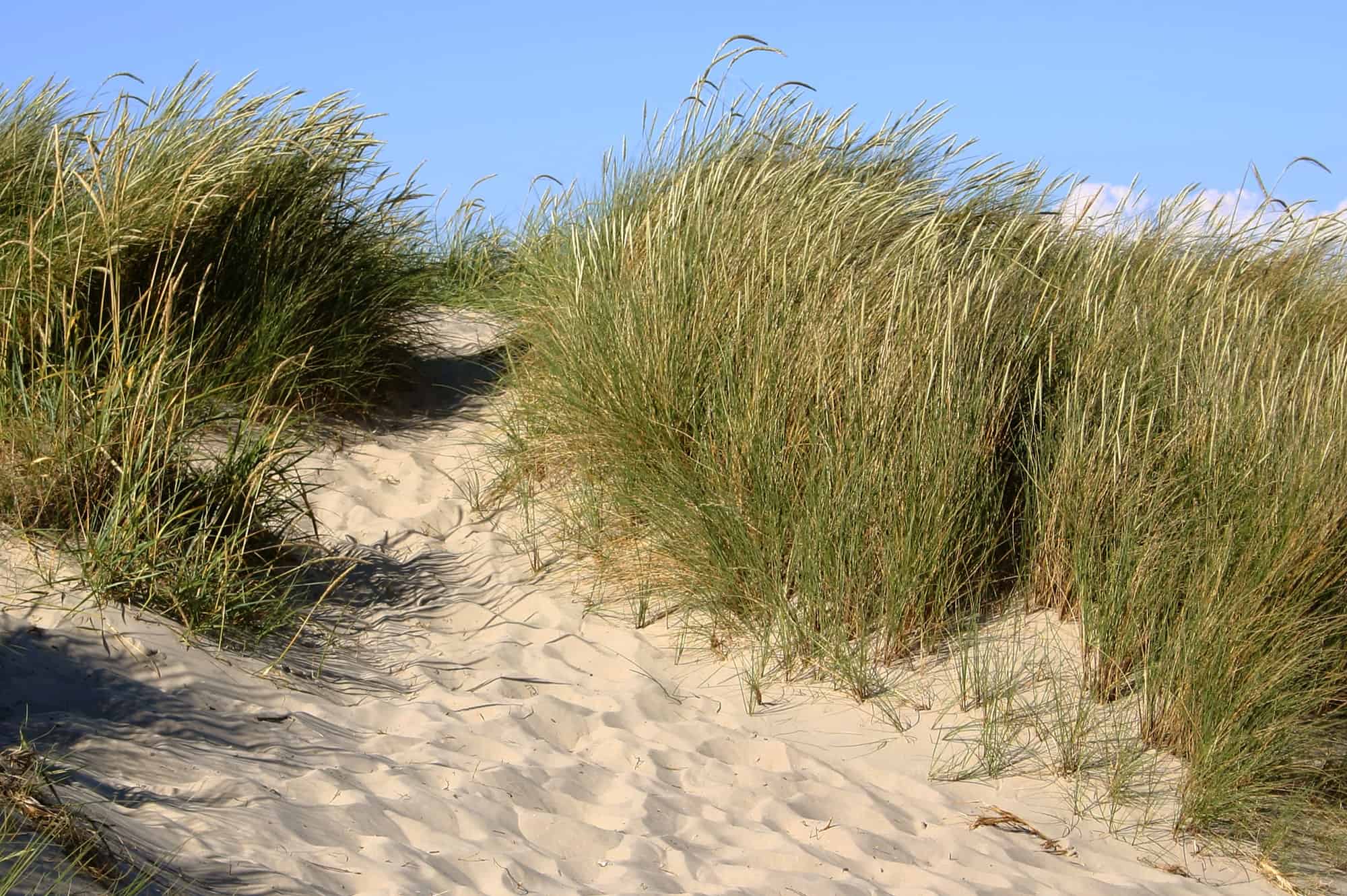

0 thoughts on “What Is Durva Grass”